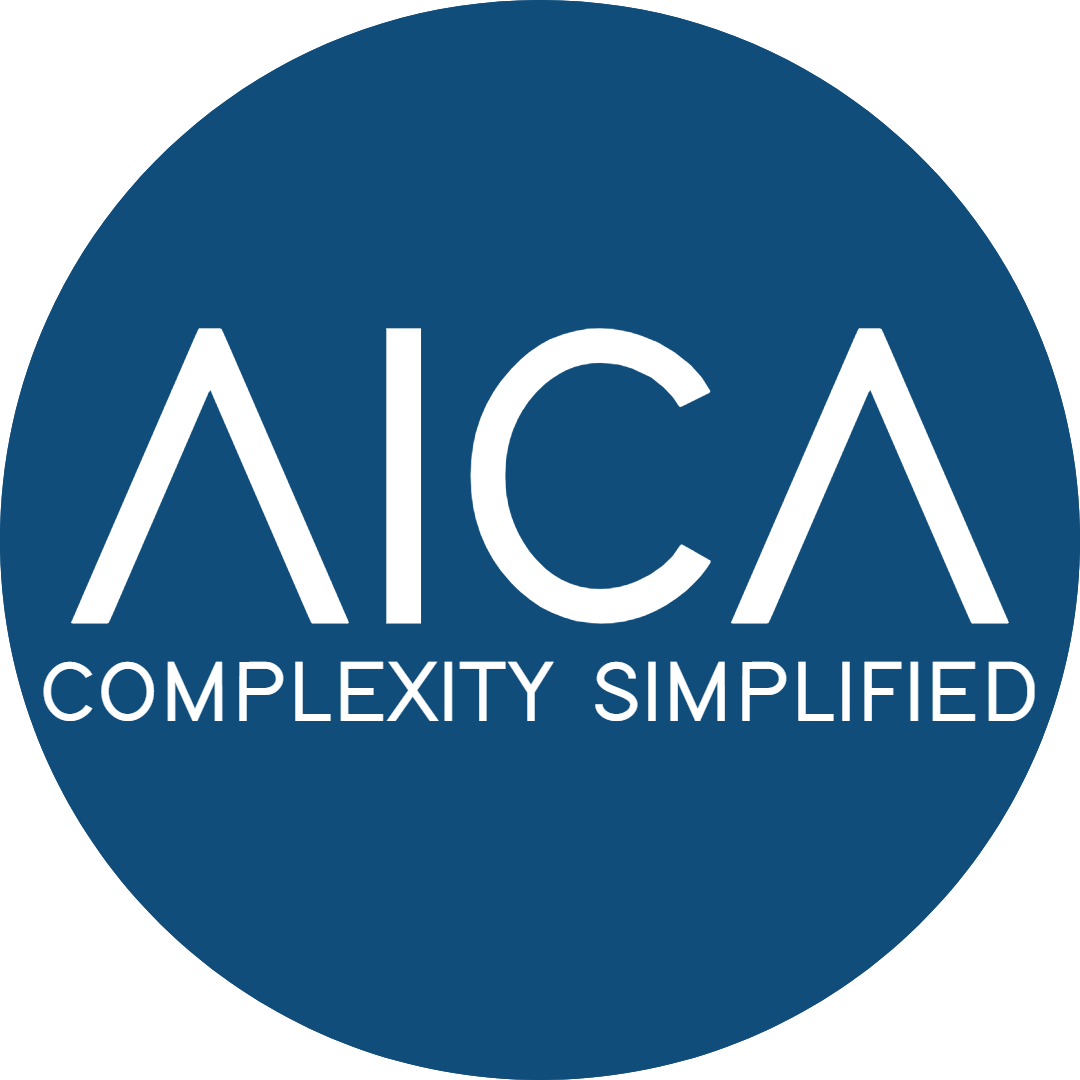Procurement teams are under constant pressure to deliver faster, cheaper, and more reliable sourcing outcomes. Yet one of the most overlooked obstacles is the quality of the underlying product and service data. When Requests for Quotation (RFQs) are built on incomplete, inconsistent, or unclassified data, the process slows down, suppliers grow frustrated, and costs rise.
Clean, structured data doesn’t just improve RFQs, it transforms them into a strategic advantage that drives measurable ROI across procurement and supply chain functions.
Why Clean Data Matters for RFQs
At its core, an RFQ is only as good as the data it contains. If a description is vague (“pump repair” or “valve”) or attributes are missing (dimensions, material, or manufacturer), suppliers are forced to guess. This leads to mismatched quotes, repeated clarification cycles, or even suppliers ignoring the RFQ altogether.
When product and service data is complete and standardised, with details like manufacturer, part number, specifications, and classification (UNSPSC, GS1 GPC, etc.), suppliers can immediately understand what is being requested. The result: faster responses, better-quality bids, and stronger competition.
The Direct Impacts of Clean Data on RFQs
1. More Accurate Supplier Matching
Suppliers instantly recognise and match items to their catalogues. This prevents misquotes and expands the pool of qualified bidders. Procurement gains access to a wider range of competitive offers.
2. Faster RFQ Cycles
Clarification delays vanish when the data is precise. Instead of weeks of back-and-forth, suppliers submit bids quickly, allowing procurement teams to move faster and make sourcing decisions with greater agility.
3. Better Quality Quotes
With consistent specifications, suppliers bid on the same baseline attributes. This enables true apples-to-apples comparisons, resulting in more competitive pricing and reduced risk of hidden costs.
4. Improved Spend Visibility
RFQ outcomes tied to structured data can be consolidated and analysed. Teams can track supplier performance, total category spend, and opportunities for consolidation, unlocking negotiation leverage.
5. Lower Procurement Costs
Industry benchmarks show sourcing costs can be reduced by 8–15% with clean data. Eliminating duplicates and consolidating demand ensures procurement negotiates on volume, not fragmented spend.
6. Stronger Supplier Relationships
Suppliers prefer clear, accurate RFQs. When they know their time won’t be wasted, they prioritise responses, building trust and long-term collaboration with the organisation.
7. Reduced Risk
In industries like mining or oil & gas, a misquoted RFQ can lead to delays, downtime, or compliance issues. Clean data ensures “first-time-right” sourcing, reducing operational risk.
How to Implement Data Cleansing for RFQs
- Audit Existing Data – Review ERP, procurement, and catalogue data to identify gaps, duplicates, and inconsistencies.
- Standardise Attributes – Ensure key fields like dimensions, material, and manufacturer are consistently applied.
- Apply Classification Standards – Use UNSPSC, GS1, or ETIM to group and categorise items clearly.
- Leverage AI with Human Oversight – Automate large-scale cleansing and classification, but include subject matter experts for QA/QC.
- Integrate with Procurement Systems – Embed clean data directly into ERP and sourcing platforms, ensuring all new RFQs start from a strong foundation.
AICA’s Role in Transforming RFQs
At AICA, we specialise in cleansing, enrichment, and classification of product and service data using our Agentic AI platform. Unlike generic tools, our models are trained specifically on MRO and industrial datasets, which means they handle spare parts, technical attributes, and supplier nuances with precision.
Our approach ensures RFQs are:
- Quicker – Millions of records classified in weeks, not months.
- More Accurate – Over 90% accuracy, backed by confidence scoring for transparency.
- Cost-Effective – Significant savings by reducing manual effort and errors.
- Domain-Specific – Algorithms trained on MRO data deliver relevance and consistency.
This combination enables procurement teams to issue RFQs that attract stronger supplier competition, faster cycle times, and measurable sourcing savings.
Conclusion
Clean data transforms RFQs from a procurement bottleneck into a strategic advantage. With structured, enriched, and classified data, organisations can:
- Achieve faster, more accurate supplier responses.
- Drive down procurement costs through consolidation and competition.
- Reduce operational risks with “first-time-right” sourcing.
- Build stronger, more collaborative supplier relationships.
At AICA, we help organisations unlock this hidden ROI by cleansing, enriching, and classifying their product and service data at scale.
Visit our website to learn how clean data can transform your RFQs and sourcing outcomes.
Copyright Reserved © AICA Data International Ltd 2025

